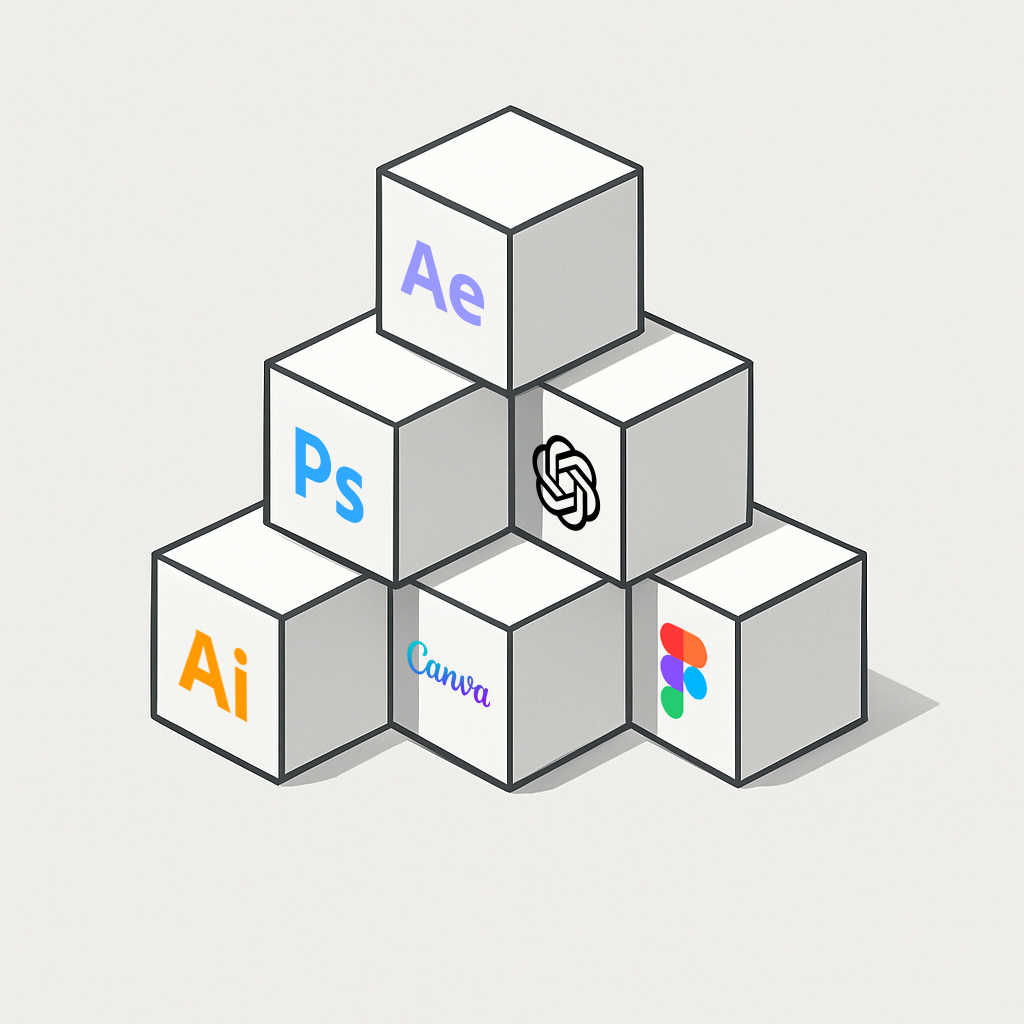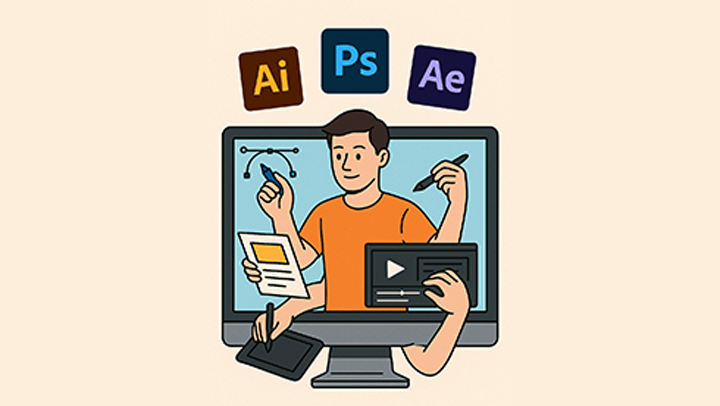The Designer’s Edge: Mastering Multiple Skills Without Losing Focus

In today’s design world, versatility is often misunderstood. Some see it as being a jack-of-all-trades but master of none. In reality, the real edge comes from mastering multiple trades that complement one another. The result isn’t scattered talent, it’s a powerful, connected skill set that allows you to adapt, innovate, and lead in a rapidly changing industry.
Take Photoshop, for example. Even the basics, like removing a background from a photo or exporting files correctly for web, print, or signage, are worth their weight in gold. Done right, these seemingly simple tasks protect brand consistency and elevate professionalism. Done wrong, they can derail a brand quickly. A logo that shifts colors from social media to a storefront sign, or images that look crisp online but blurry in print, create confusion and weaken trust. That inconsistency often happens when too many creatives with no unified direction touch a project, turning a brand’s identity into a free-for-all. A professional designer with complementary skills bridges those gaps and keeps every piece aligned.
My Journey
I began like many designers, starting with the foundations, Photoshop and Illustrator. Those tools taught me how to edit, manipulate, and create at a professional level. But I didn’t stop there. I soon picked up large-format printing, learning how designs translated from screen to real-world applications like banners, signage, and vehicle wraps. That experience taught me the importance of precision, scale, and technical knowledge in the production process.
From there, I expanded into video editing, which opened the door to storytelling. Shortly after, I added motion graphics through After Effects, bringing together my illustrations, photography, and video editing into a single, dynamic medium. This combination of design, production, editing, and animation has allowed me to create projects that move beyond a single discipline and into fully integrated campaigns.
What makes this even more powerful is how these skills build on each other. Each discipline strengthens the next, giving me the ability to approach projects with a broader vision and more creative flexibility. And because I’m committed to continually learning new tools, trends, and techniques, I’m not locked into one platform or one way of working. That never-ending pursuit of knowledge doesn’t just keep me current, it gives me an edge over those who stay in their lane and never evolve.
Continuing the Journey
My latest growth has been with AI. While there’s a lot of debate about AI in the design world, I see it for what it truly is: a tool. Just like Photoshop, Illustrator, or a 3D printer, it’s something that expands possibilities if you know how to wield it. The key is remembering that not every problem is a nail and while you can use a hammer for everything, using the proper tools helps you finish the job successfully and without extra unnecessary effort.
By learning to prompt effectively and leverage AI in my process, I’m not replacing my skills—I’m enhancing them. AI gives me speed, options, and creative sparks, but the craft, experience, and judgment of a designer are what bring everything together into a polished final product.
The Takeaway
Versatility isn’t about doing everything halfway it’s about stacking skills until they form a powerful, interconnected toolkit. From Photoshop and Illustrator to large-format printing, video editing, motion graphics, and now AI, each skill I’ve learned has added a layer of depth to my career. The industry will always evolve, and so should we as designers. By committing to continuous learning, you’re not just surviving in today’s market you’re thriving.


